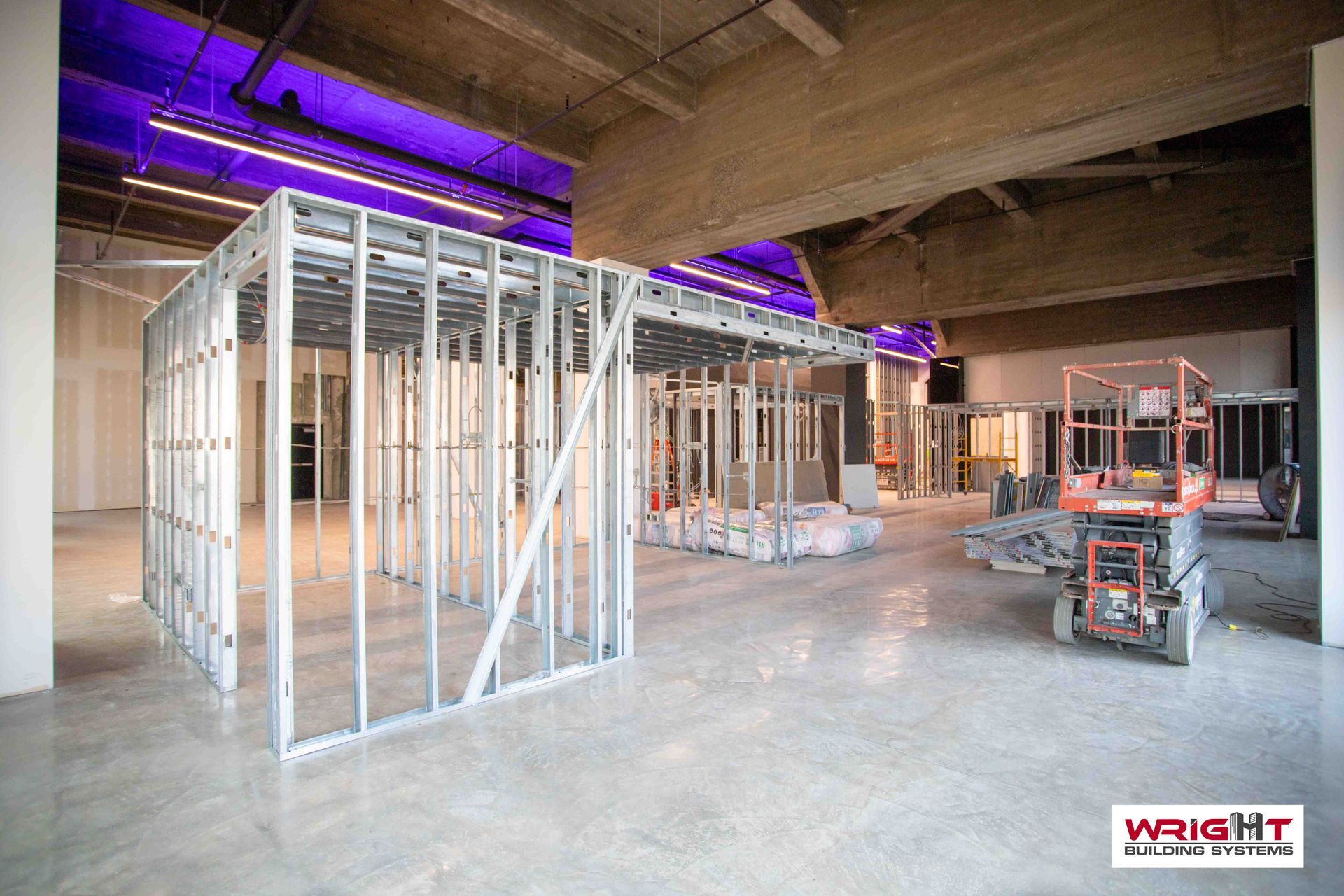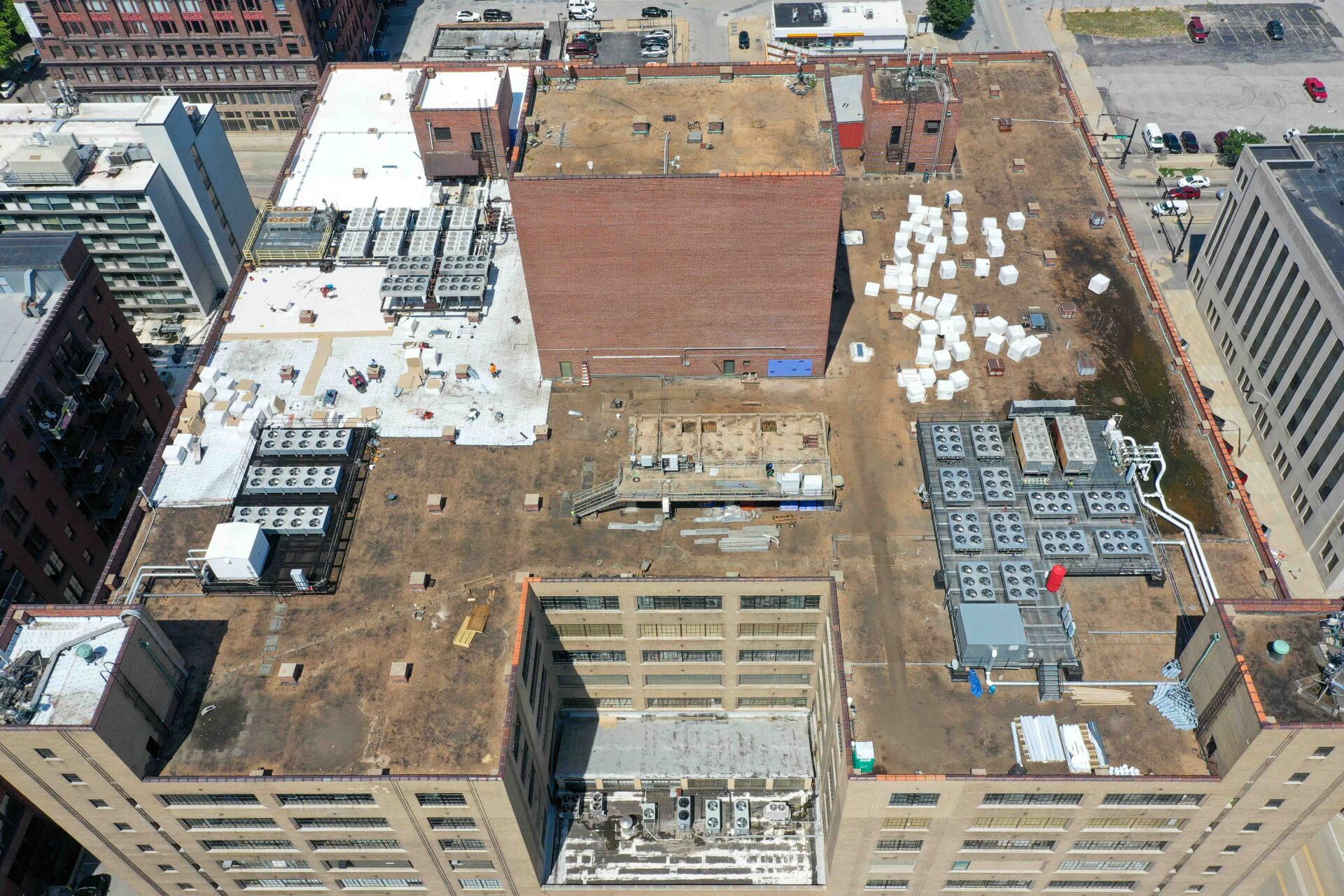Hidden Hazards in Commercial Construction
In commercial construction, visible dangers like working at heights or handling heavy equipment often receive the most attention.
However, not all threats to a job site are obvious; hidden hazards—lurking beneath the surface, inside walls, or within outdated documentation—can pose serious risks to workers and the project timeline.
Ignoring these less-visible dangers can lead to injuries, costly delays, or structural failures.
For general contractors, project managers, and subcontractors alike, knowing how to identify and mitigate these hidden hazards is essential for a safe and successful build.
Explore some of the most common hidden hazards in commercial construction—and how to avoid them.
Undetected Structural Weaknesses
A site might look ready for construction, but hidden structural problems can lurk. These include unstable soil, improperly compacted fill, or the remains of undocumented underground structures from previous developments.
Without proper geotechnical surveys and soil testing, crews may unknowingly build on weak foundations, putting the entire structure at risk.
To prevent this, always conduct thorough pre-construction evaluations, including soil borings and ground-penetrating radar if needed. Identifying and addressing these issues early will help avoid serious safety risks and costly rework later.
Outdated or Inaccurate Blueprints
Construction crews often rely on blueprints to understand a building's infrastructure, but outdated or inaccurate drawings can create hidden dangers.
Renovation projects are especially vulnerable—workers may begin demo or drilling only to find unexpected pipes, rebar, or wiring.
To mitigate this, the team can use modern scanning tools such as 3D laser scanning or Building Information Modeling (BIM) to update and verify existing plans.
Accurate digital documentation reduces the chance of surprises and supports safer project execution.
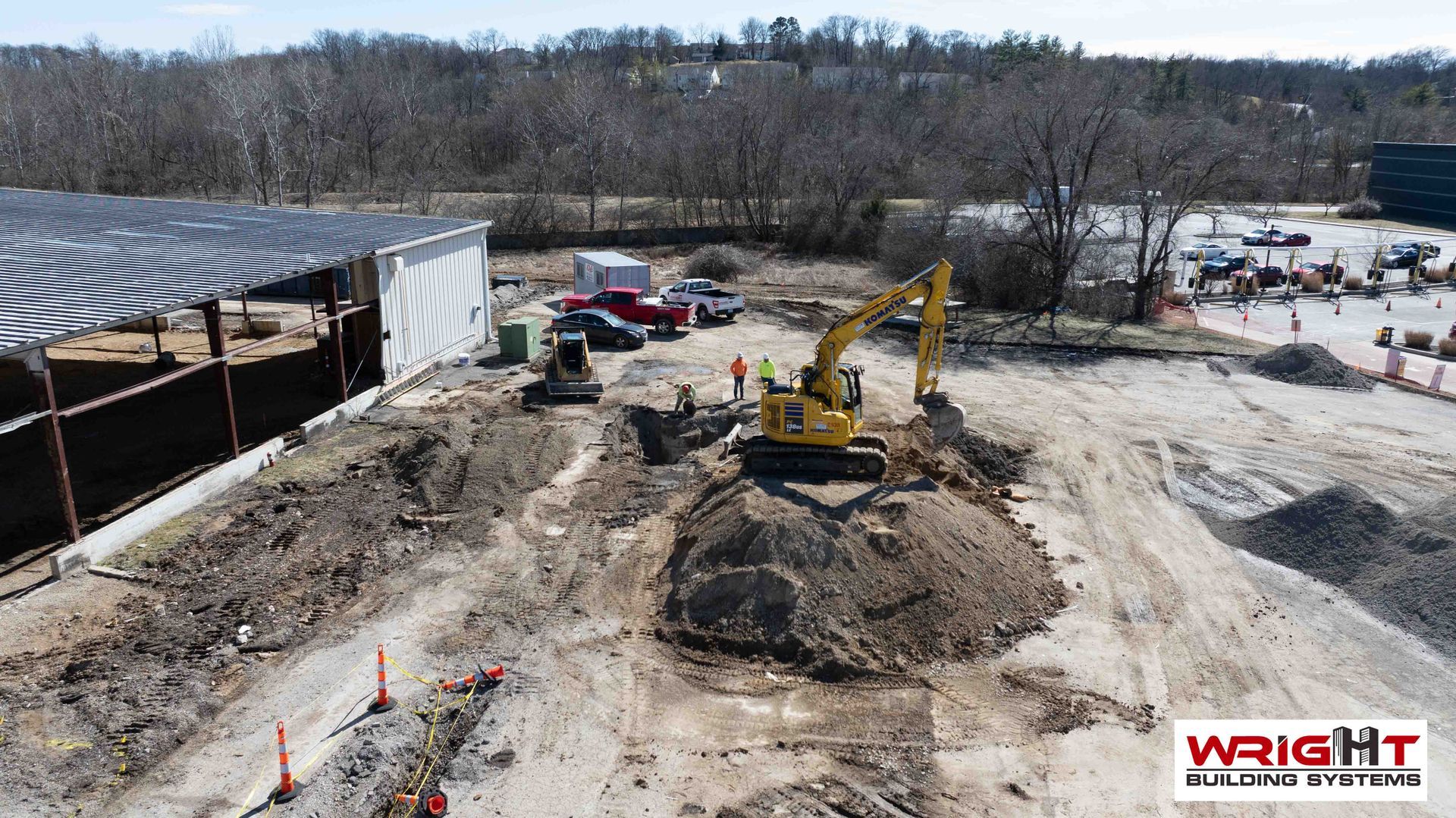
Inadequate Temporary Structures
Temporary structures like scaffolding, shoring, and formwork are critical during various construction phases.
However, because they are not part of the finished product, they are sometimes overlooked in inspection and maintenance. Faulty or hastily built temporary supports can collapse, leading to injuries or fatalities.
Make it a priority to inspect all temporary structures regularly and ensure they meet local safety standards. Train your team to identify signs of instability before problems escalate.
Hidden Environmental Hazards
Older buildings often contain hidden hazardous materials until demolition or renovation work begins.
If mishandled, asbestos, lead paint, mold, and chemical residues pose serious health risks. These materials can become airborne or spread during routine work, endangering workers and delaying the project.
Environmental assessments are a must before beginning work on any older structure. Partner with certified environmental specialists to identify and safely remove or contain hazardous materials before your team arrives on the job site.
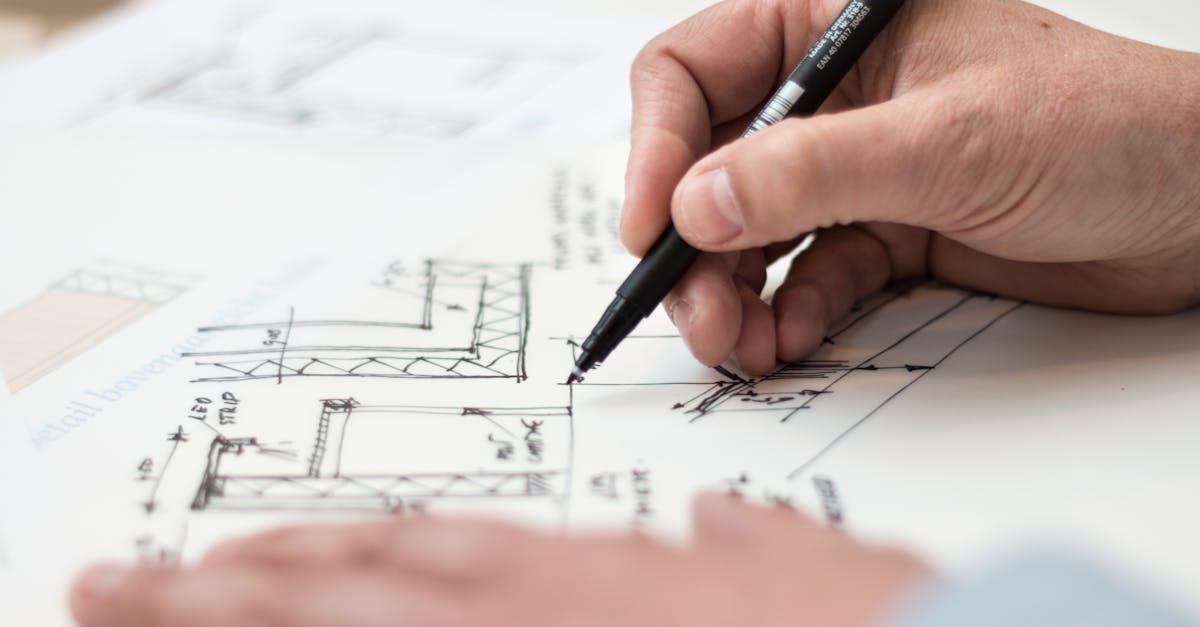
Poor Communication and Coordination
Sometimes, hidden hazards stem not from the physical environment but from poor communication.
Misunderstandings between subcontractors, missed schedule updates, or unclear responsibilities can lead to unsafe conditions, like two crews trying to occupy the same space or a system being powered up before it's ready.
Daily safety briefings, clear signage, updated schedules, and centralized communication platforms help keep everyone on the same page. Coordinating teams effectively reduces confusion and keeps the jobsite safer for all involved.
Electrical and Utility Surprises
Nothing like striking a live wire or gas line halts a project.
Buried or hidden utilities—especially in older developments—can pose electrocution or explosion risks if not accurately mapped. Even interior remodels can expose workers to surprise voltage sources inside walls or ceilings.
Before digging or cutting, contact utility locating services and use tools like ground-penetrating radar to locate hidden systems.
When working on electrical systems inside the building, shut down power to the area and verify voltage levels before beginning work.
Inadequate Site Access and Egress
A well-organized construction site includes safe, clear pathways for workers, machinery, and emergency responders.
However, hidden hazards like blocked egress routes, poor lighting, or confusing signage can prevent people from exiting quickly during an emergency or create traffic hazards for vehicles and equipment.
During planning, ensure marked entry and exit routes, adequate lighting for all weather conditions, and logical traffic flow for people and machines. Reassess these paths regularly as the job site evolves.
Overlooked Weather-Related Hazards
Weather changes can quickly introduce hidden dangers.
Sudden rain can slick surfaces, undermine excavation walls, or flood basements. High winds destabilize scaffolding, and freezing temperatures create brittle materials or ice-covered walking areas.
Include weather contingency plans in your safety protocols. Use weather monitoring tools and alert systems to stay ahead of conditions and adjust work schedules or reinforcement procedures accordingly.
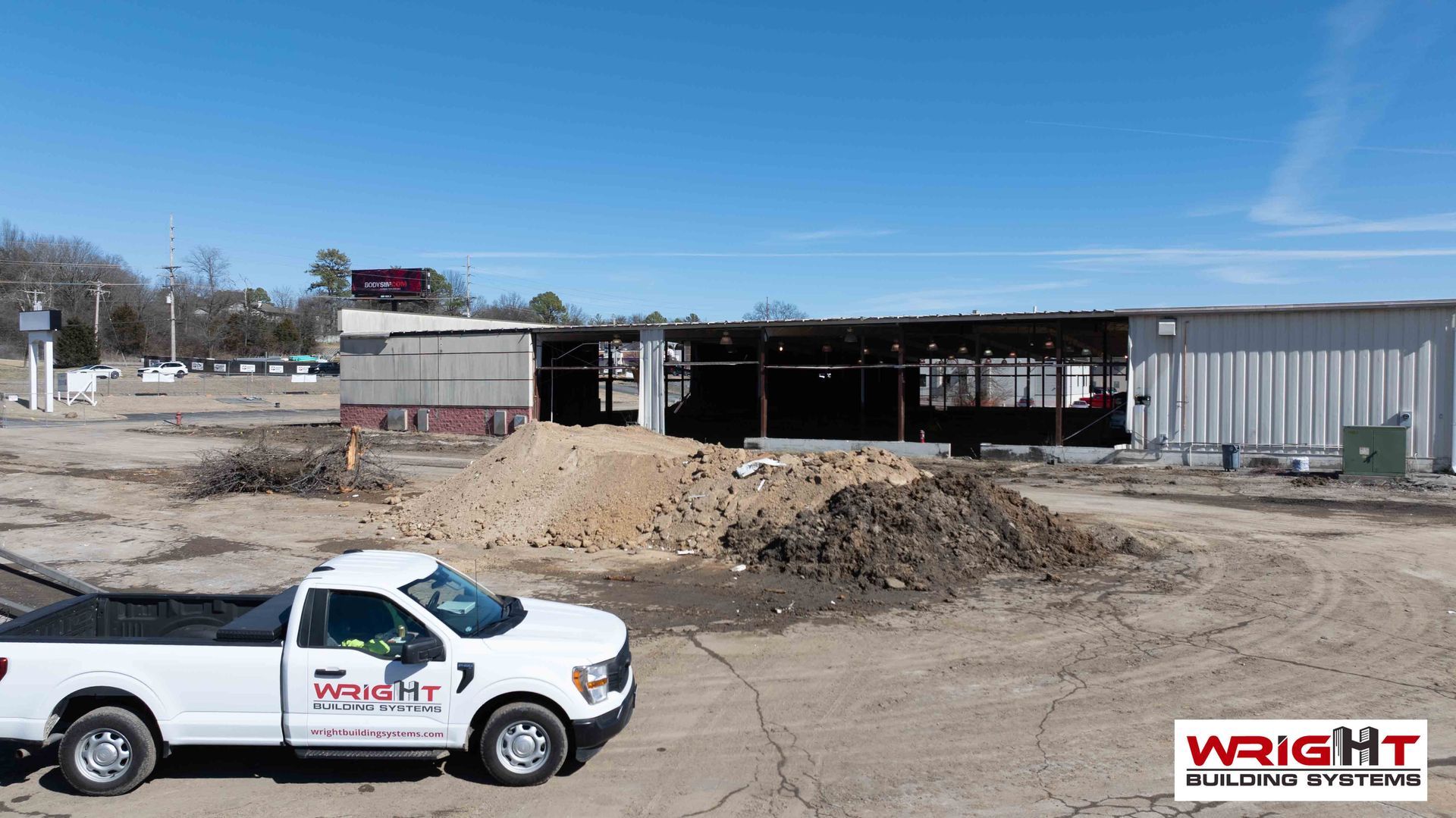
Work With Wright Building Systems
Hidden hazards in commercial construction often catch teams off guard and cause the most disruption.
However, with proactive planning, thorough site assessments, updated documentation, and clear communication, many risks can be uncovered and addressed before they lead to injury or delay.
Greater St. Louis business owners repeatedly trust Wright Building Systems with their projects. We are committed to safety and delivering finished products that exceed expectations.
Our dedicated team has the equipment, technical skills, and perseverance to complete your project.

